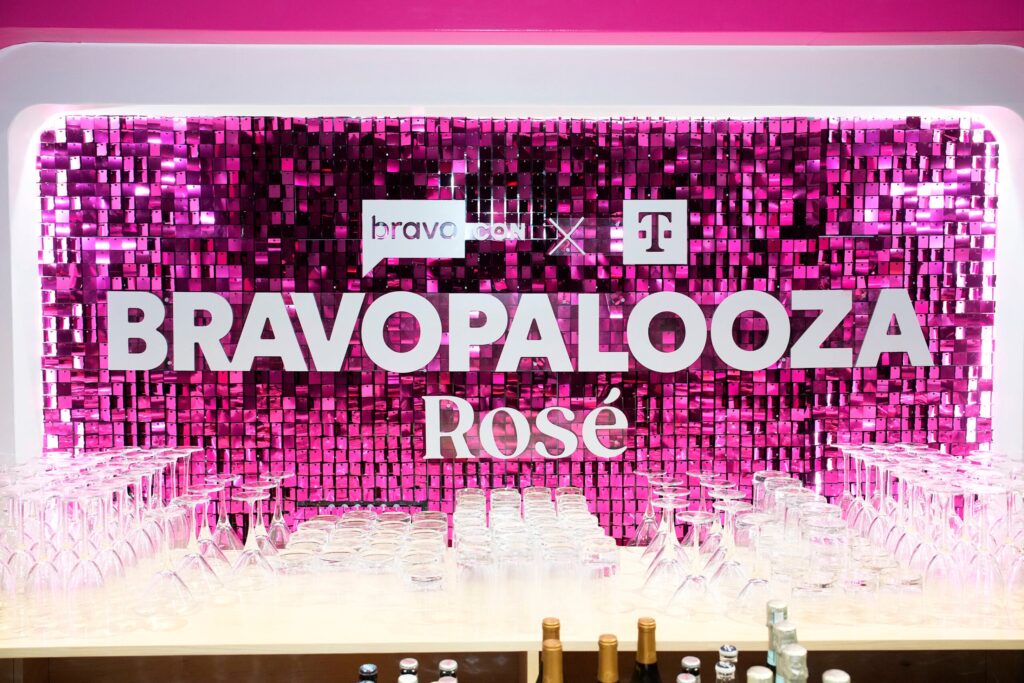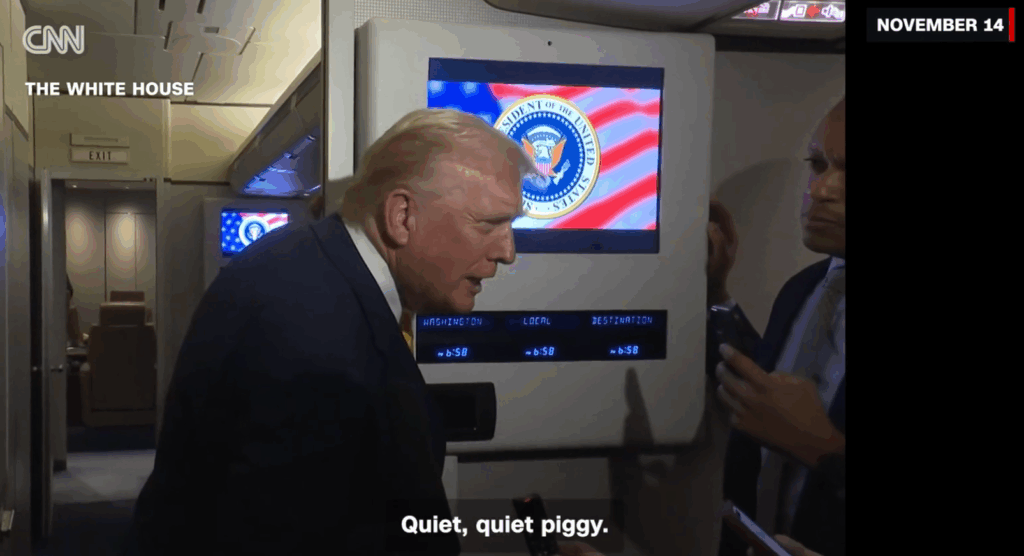This year there hasn’t been a lot direct marketers could point to and call gratifying. So maybe it’s appropriate that Michael Port and Elizabeth Marshall’s
OFF TARGET?
I was shocked by Peter Breen’s editorial (“Who You Calling a Promotions Agency?”) in promo’s June issue. Since when did the promo 100 become a subpoena issued by a self-ordained higher order?
As a long-participating agency president, I was appalled by the spurious theories Breen spewed in a malicious effort to humiliate agencies that, for whatever reason, decided not to participate in the “game.” It sounded like a spurned child retaliating against those who didn’t attend his birthday party!
In addition, to Breen’s point that modern agencies are in denial of “the industry from which they came,” “sales promotion” is an outdated term and discipline that relegates agencies to tactical suppliers. Instead of applauding the industry for evolving to address current marketing issues, Mr. Breen castigates our industry for being forward thinkers. In reality, leaving behind the term “promotion” is merely a result of looking ahead to the challenges of tomorrow, and not being shackled to the monikers, disciplines and approaches of yesterday.
Maybe a visionary editor should lobby for a name change, from promo to Marketing Magazine, but as an “Integrated Marketing Agency Principal,” what do I know?
Jon Kramer
President J.Brown/LMC Group Stamford, CT
Editor’s reply: Leaving behind the term “promotion” might be a necessary part of the industry’s evolution, but leaving behind promotion as a strategy at a time when the marketing world is demanding it more (a course which I am sure Mr. Kramer is not suggesting) is a mistake. That was the message the column tried to convey.
PROMO has been avidly following – and applauding – the promotion industry’s evolution into a fully integrated marketing discipline for years. One need look no further than the rest of this year’s promo 100 coverage for examples.
Off Target
I curse when I pass the construction site out on Highway 3.
The site is for a Target store opening in September. I’m not the only one who curses over that former cornfield. Target couldn’t ever have broken ground if it hadn’t been for those 79 votes in the town referendum last March to decide if the store could be built along the highway.
It was a fierce battle of yard signs pro and con, feverish letters to the local editors, ad-hoc watchdog groups sniping over coffee at Blue Monday.
In a town of 15,000, it was an almost even split, the difference being only 79 votes. Afterwards, folks argued over whether the college students should have been allowed to vote. A handful of residents sued the city and Target Corp. for violating state environmental statutes. That case is in appeal.
The last time Target came to my town of 15,000, it was a different town, a suburb on the west side of Chicago. I was excited then: we had a lousy Wal-Mart and a bankrupt Venture, and Target seemed like a dream compared to them. I lived a few miles from Dave Tridle, then chief operating officer of Frankel & Co., Target’s agency. I thanked him for bringing Target to our neighborhood. He laughed, and said he did it for his wife. We were all giddy for the rush of new stores – Home Depot, OfficeMax, Best Buy – going up along North Avenue back then.
When I first moved to rural Minnesota two years ago, I thought The Target Controversy was quaint. Imagine so much fuss over one store.
So why does it bother me now? The usual small-town reasons: traffic, low-lifes, that big, ugly parking lot, the potential desertion of a Main Street that struggles even without a mass merchandiser close by. The anti-Target crowd here thinks it spells doom for the furniture store, the three clothing stores, and the two independent grocers (a Cub Foods is rumored to be in the offing as well). They say downtown is destined to become a handful of boutiques, a cutesy little tourist town where you can’t buy a pair of shoes.
On a deeper level, though, it signals to me a horrible sameness. The Target here won’t be any different from the one 20 miles north, or the one in West Nyack, NY. Highway 3 will look the same as North Avenue, and Palisades Center Drive, and Schaumburg, IL.
Five years ago, there were 19 square feet of retail space for every person in the U.S. (There were eight feet for each of us in 1972). Target has about 115 million square feet, and is adding as much as 11 million more each year. Frankly, I don’t want mine.
Pete Seeger wrote that, eventually, we’ll all become one, a huge mixed race. I worry we’ll all become one not in race, but in belongings, then aspirations, then eventually in our view of the world. It’s the flip side – the human side – of the “retailer consolidation” we write about in promo. Once all the drug stores are Walgreen’s, all the supermarkets are Kroger or Safeway, and we’re down to two national brands and private label, will shelves look the same coast to coast? What are the side effects of volume-buying? Are we trading choice for the promise of a bargain – without even realizing it?
We drive down Highway 3 and my husband shrugs, tells me it’s “progress.” It may be “development,” I reply, but development doesn’t equal progress.
There’s more progress in a marketplace with room for independents. That kind of variety – that patchwork of personality – can’t be duplicated by a category killer.
Sometimes, progress is appreciating what’s already there.








